

You’ll find a bit of everything at a Jon Rafman opening – the usual art suspects, fashion heads, music lovers, film connoisseurs and, more recently, the crypto crowd. It’s a group that reflects his own desire to go beyond art world esotericism and break into the broader cultural bloodstream.
Rafman is one of the most revered voices of Post-Internet art. Born in Montreal and raised by its indie scene, he’s best known for exploring the grotesque, absurd and strangely beautiful corners of digital life. For his latest solo exhibition, Proof of Concept, now at Sprüth Magers in Los Angeles through May 3, the Canadian artist conjures an AI-assisted, hallucinatory hellscape, paying homage to the media cultures that shaped him.
Anchoring the show is Main Stream Media Network (MSM), a fictional broadcast empire rendered through an endless video stream and installation. Recalling MTV’s golden age, MSM transforms the space into a sprawling media lounge, bearing the likes of bands and artists of Rafman’s own making. Extending beyond the gallery, some have even collected real followings on Spotify and X, blurring the line between artificial pop stars and the real thing, if such a line still exists at all.
It’s this splintered sense of reality —where fandoms, aesthetics and digital identities form para-realities—that draws Rafman in. As the internet shifts into a maze of algorithmic echo chambers, the truth becomes slippery, refracted through curated feeds. Beneath the noise, however, the artist uncovers a strange beauty, suggesting that the truth might not lie beyond the chaos, but within it. For this edition of Hypeart Visits, we caught up with Rafman to discuss his AI era, post-truth and his new memecoin muse, Cloudy Heart.
“I’ve always just been drawn to where the energy in culture lies – wherever there’s new ground to break, where there’s a sense of vitality and excitement.”
Throughout your career, you’ve worked across creative sectors, without a strict contemporary art background. Could you tell me a little bit more about how you got here?
When I finished art school at SAIC – my MFA– I started off in the film world, but it wasn’t like, you know, the 90s when Tarantino and the indie scene emerged, which is what I grew up on.
What did feel exciting, at the time, was the internet. At that moment, there was a sense that it had become – with the advent of Web 2.0 – a ubiquitous part of culture with its own language. Tumblr, YouTube, different forums, like 4Chan, that’s where the energy was, and so that’s what attracted me.
With all of these new languages and forms of media, there was so much I could use, mine and explore. Eventually, the art world caught on and by then, the internet transformed image-making, how we structure our identities, how we structure the past and how we communicate. It was undeniable.
Slowly, the internet art that I was making became accepted in the mainstream art world. Over time, I’ve migrated to making fine art in the gallery context, but I’ve always just been drawn to where the energy in culture lies – wherever there’s new ground to break, where there’s a sense of vitality and excitement.
In shifting from web surfing to worldbuilding, how did that change your typical day in the studio?
There’s no typical day, but when I was working on my show, it was pure insanity. I barely slept. I wanted to build my own television network, MSM, something like a 21st-century MTV in just a few months. I wanted to show that a small group of artists could do what would have taken hundreds of millions of dollars and thousands of people to do a few years ago.
In a way, it’s hyper-contemporary, using all the latest technology, and retro on another level, because television is no longer what it used to be. We no longer have homogenous monoculture, it’s all fragmented. In the gallery, I wanted to recreate the experience of watching television late at night: you’re 14 or 15 and watching an Aphex Twin or TOOL music video, something that feels exciting and dangerous.
Now that the show is up, I’m focusing on Cloudy Heart, the main character of this world.
View this post on Instagram
What or who is Cloudy Heart?
She’s sort of a bedroom musician and internet troll that makes amazing pop music. She’s an entry point into a new kind of narrative I’m working on, one that uses everything from music to streaming, and, for better or for worse, crypto. Each musician in my MSM world has something unique to them: one focuses on video art, another is a new genre I invented that blends black metal and jazz. For Cloudy Heart, it’s memecoins.
What’s interesting about memecoins is that, on the surface, they have no utility, but unlike NFTs – a very preachy, over-promised vision of freeing art— memecoins are so capitalistic that it’s refreshing. There’s something about it that is so American: the potential to make money by memeing something into existence.
The real utility, for me, is that they create community. A bunch of people invest in something together, want it to succeed and get pulled into the lore.
“The music, TV, film and art worlds – they’re still controlled by the old guard… I’m trying to find a way around that system.”
What inspired you to invent all these musicians?
In the past year, I’ve been making a lot of music videos, for my own show and other artists.
Culture is very segmented. The music, TV, film and art worlds – they’re still controlled by the old guard. Finally with AI, we have the ability to do this all with a very small team. I’m trying to find a way around that system.
We’re in a transitional period where streamers have more power than some of the biggest mainstream pop stars. They’re speaking to Gen Z, to Gen Alpha via parasocial relationships – you think they’re your best friend, you know they don’t give a shit about you, yet you spend so much time with them.
“When a new technology emerges, it puts pressure on art to redefine itself or challenge what it means to be an artist, and to me, that’s a good thing.”
In building this media empire and circumventing the traditional music path, can you describe what your crew looks like?
It’s a team of brilliant artists and we’re writing the script as we go. The goal isn’t just to make Cloudy Heart a pop star, but to explore what a contemporary pop star even is.
I don’t want people thinking it’s just a bunch of guys making this 25-year-old girl act out some semi-femcel, e-girl lifestyle. The main writers are women, Honor Levy and Joanna Stone, and then engineers to help walk this line between AI and a real person, training her voice on some of her past tweets. If people understood how AI works, they’d see it’s really just an extremely complicated synthesizer with endless knobs to tweak.
How has working with AI shifted your conceptual approach to images?
That’s a big philosophical question. I get the gut negative reaction—it’s completely revolutionary. I’d argue it’s the most radical shift in image-making since photography, and before that, maybe the printing press.
The concept of creating images is forever changed, just like it did with the photograph. But photography didn’t kill painting, it liberated it. Suddenly, painting didn’t have to represent the world like a mirror.
Right now, there’s this reaction that AI’s destroying art. It’s an existential threat to a lot of craftspeople, that’s true. However, when a new technology emerges, it puts pressure on art to redefine itself or challenge what it means to be an artist, and to me, that’s a good thing. What’s amazing about art is that it has always been defined by change.
Earlier, you mentioned that 2025 is lacking an MTV or a shared cultural reality Do you think AI could be that common point of reference?
It isn’t unifying anything. If anything it’s the opposite – it’s accelerating the collapse of truth. As a society, we’ve lost a shared sense of reality. Before, different viewpoints existed, but there was still a belief that the media represented the world. Depending on the algorithm you’re experiencing, you can have a completely different sense of what’s real than the person sitting right next to you, living a similar life to you.
“You pass through these different reflections of darkness to reach the light and sometimes they go hand-in-hand…It all has two sides. That grey area is where I thrive.”
The show deals with ideas of truth — or post-truth — and religion, which coalesce in several ways, whether it be devotion or stan culture. Could you talk more about the prevalence of religion in your work?
There’s a crisis of truth, which is also a crisis of meaning – when we don’t have these references to meta narratives. This crisis, it’s not new; it started with the Renaissance as modernity moved away from religion
The loss of coherent sense of meaning and identity, that’s been a postmodern theme for the past 50 odd years – the internet just accelerated it. There was a Cambrian Explosion of identities, and, at the same time, the collapse of consensus of reality.
The idea of irony itself collapsed: you mock something because it’s so different than you, but now you are religious when at first it was a joke. Even though you’re from a Jewish, upper-middle class family, you love the ceremonial, aesthetic aspects of catholicism and now, you actually are that.
Religion is just one reaction to meaninglessness. It’s happened throughout time, but it’s interesting to see it happen amongst my peers. It’s a form of reactionary culture that manifests in different forms of tribalism – everything from far right to far left. The internet has allowed for people all over to join a certain tribe that they love and it’s created an extremely fragmented world that allows for this dehumanization or abstraction of others. It allows you to be vile.
This toxicity also gave rise to the language of the internet – all these playful, carnival-esque, chaotic, trickster qualities, which I love. You pass through these different reflections of darkness to reach the light and sometimes they go hand-in-hand: the erotic, romantic, horrific, claustrophobic and comfort of surfing the internet in your bed at night. It all has two sides, but that grey area is where I thrive.
Photography by Hannah Chung and Robert Wedemeyer.

















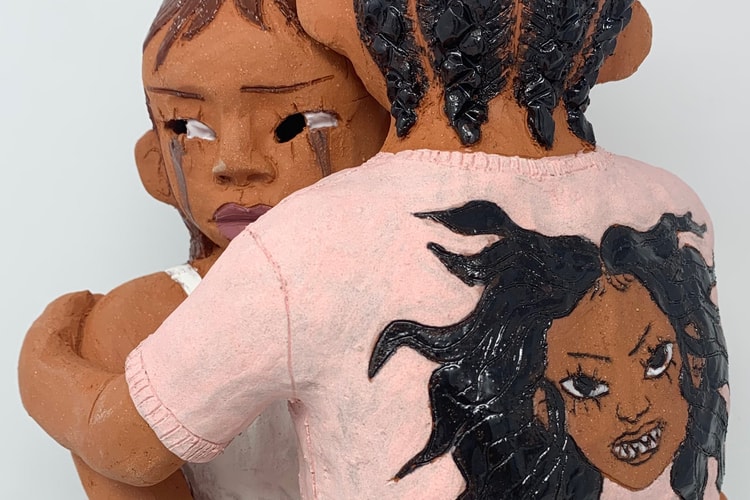
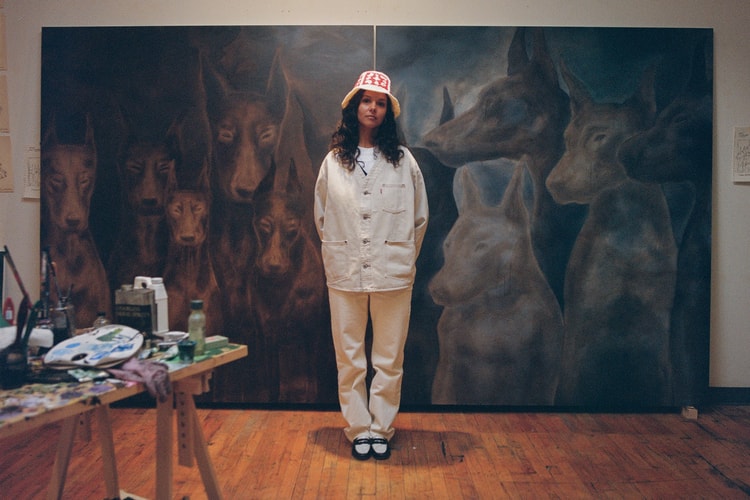
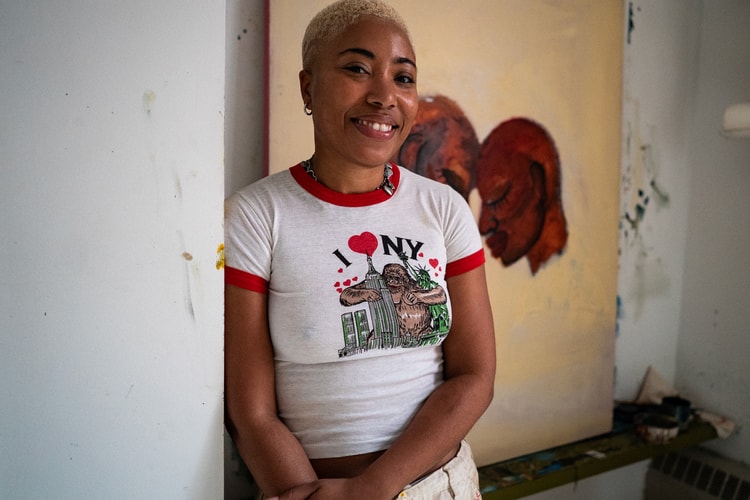


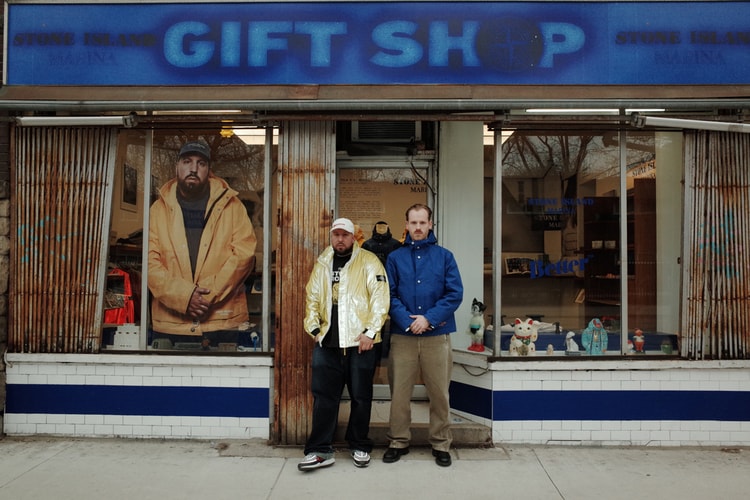


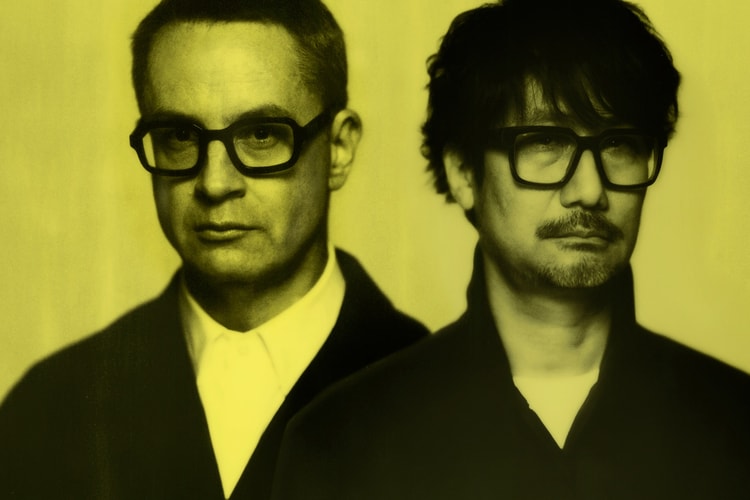


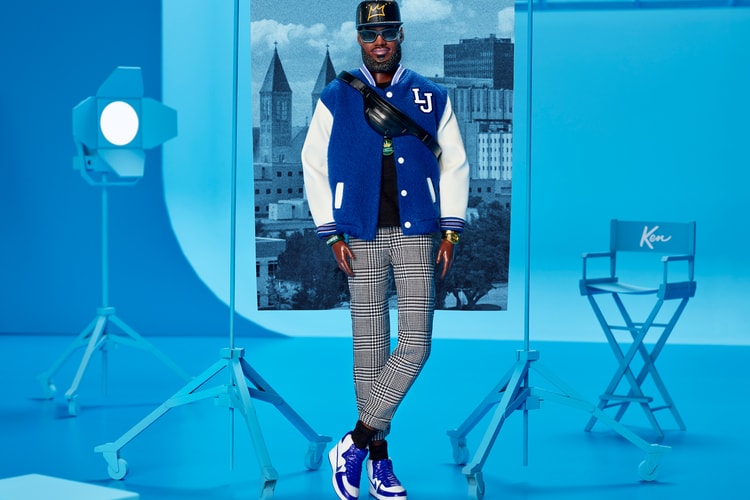


Scan the QR code to open the article on your device or within the Hypebeast App.